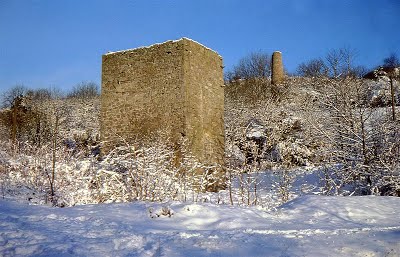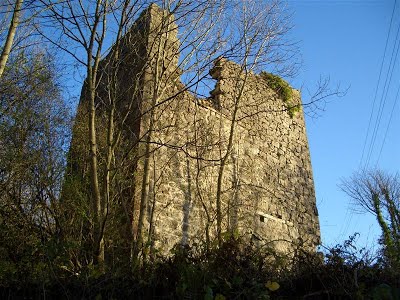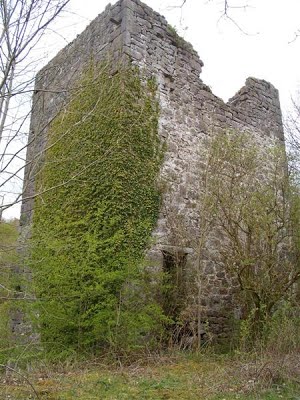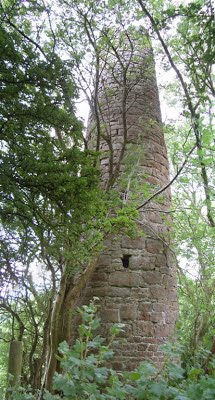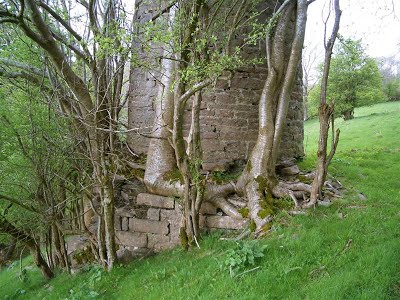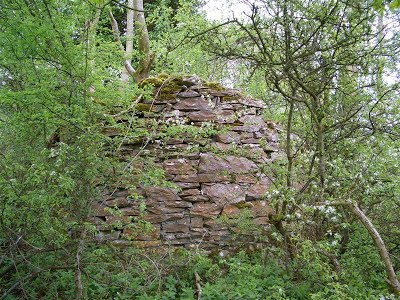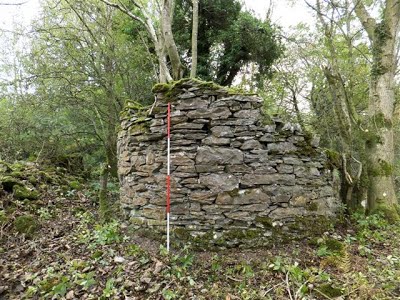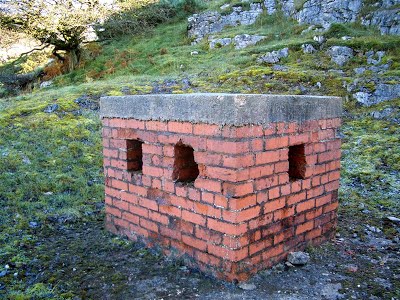|
“The recording of underground landscapes and sites is at present not subject to any agreed standards or guidelines and has been mainly left to the amateur enthusiast groups, with the result that there is no common approach to underground recording. In continental Europe this is not the case and underground investigations are an integral part of the investigation of mining sites. Given that 90% or more of mining activity takes place underground and that many such sites, particularly metalliferous mines, still retain accessible workings centuries after closure, it is clear that the underground mining landscape is a historical document that is currently being almost wholly ignored in the UK”. (Source: NAMHO Guidelines: Recording The Underground Archaeology of Mines).
Many lead veins of north-east Wales have been examined over the past 40 years by amateur explorers. Many miles of mine workings have been discovered, some as a result of significant long-term excavation projects aimed specifically at re-opening old mines. Their work alone has shown that all underground mine workings contain a wealth of information and en-situ artifacts, many of which lie untouched since the miner last abandoned them perhaps one or two hundred years before. Clay tobacco pipes, miners felt hats, drilling machines, windlasses….. the list goes on and on. The most significant testament to generations of miners is the countless miles of passages and shafts that remain. Many of these exhibit clog marks of the last miners to walk on mud floors, pick marks can be seen on the walls and soot marks where tallow candles once illuminated the work-place. It is a great shame that organisations such as CPAT and CADW are unwilling to recognise this work and offer guidance and support in the recording of underground mining archaeology.
Nant Engine House at Eryrys Under Threat
Nant Engine House and its associated chimney lie in an area known as The Nant, between Eryrys and Llanarmon-yn-ial at SJ 1977 5772. Both structures served one of the richest lead veins in north-east Wales; Westminster vein. This vein alone produced ore to the value of two million pounds in the 1800s.
Both the engine house and the chimney are currently under threat. Only the four walls of the engine house remain, although over the last few years several cubic metres of stone masonry have been lost due to weathering and further damage is likely. The chimney lying a few yards to the east up the hillside (once connected to the engine house by a flue built across the ground) is virtually complete, but is currently in need of urgent attention: Large tree roots have invaded the foundations and lower courses of the stonework to such a degree that the entire chimney is in danger of collapse.
Welsh Mines Preservation Trust attempted to rescue the
buildings in 1998 and applied for funding through CADW but,
although CADW made an offer of funding, the process oddly
stalled when enough specialists able to quote for the work
could not be found.
In April 2017, Denbighshire County Council were considering a planning application (Ref: 15/2017/0172) to convert the engine house into a dwelling. |
Navigation......................................
01.
Home
02.
General Lead Mining History
03a. Halkyn Mines: History
03b. Halkyn Mines: A few artefact photos
03c.
Halkyn Mines: info downloads
03d.
Halkyn Mines: Don Richardson - electrician
03e. Milwr Tunnel: Recent work
04.
MAP: Veins of Halkyn Mountain
05. Blaen-y-nant vein, Eryrys
06. Westminster vein, Eryrys
07. Fron Fownog Flats, Gwernaffield
08.
Pilkington's vein, Loggerheads
09.
North Henblas Mine, Milwr
10.
Deterioration of the mining record
11. Talargoch Mine
A.
Mines lighting old & new
B. Links
C. Further reading
D. Cris's Shop Window
10. Deterioration of the mining record
West wall of the engine house (and chimney) in 1978 West wall in 2002 showing significant structural deterioration East wall and entrance showing similar deterioration Although the chimney is remote from the engine house, it was once connected by a stone or brick flue Tree roots penetrating foundations and lower courses of stonework
Rare
miners Coe
Not mentioned above, but only 100 metres or so east of Nant Enginehouse lies the uncommon remains of a circular miners coe. These were built by miners to act as shelter for men descending or ascending a nearby access shaft and is shown on an old mine plan. Only a third of the structure now remains, but even this is under threat from vegetation and roots, although these were cut away by the writer in 2011 (see photo below) Miners Coe after removal of undergrowth in 2011 A carbuncle on the landscape
The structure shown below lies in the middle of an otherwise unspoilt area of an AONB at Bryn Haidd near Llanarmon-yn-ial (NGR SJ19317 53629) and is clearly visible from a nearby footpath passing just to the north. It was built in the hope of creating a roosting site for bats and sits over an old mine shaft. It was built at the behest of Glyndwr Council in the 1980s. Although the Nature Conservancy Council (later to become the Countryside Council for Wales, but now Natural Resources Wales) and Clwyd Bat Group were involved at the time, neither organisation today is willing to improve the structure's appearance.
Bat-house over shaft on Bryn Scramble vein, Bryn Haidd,
Llanarmon-yn-ial
(Bryn Scramble Vein is named as such on an old mine plan
at Flintshire Records office, Hawarden)
|
